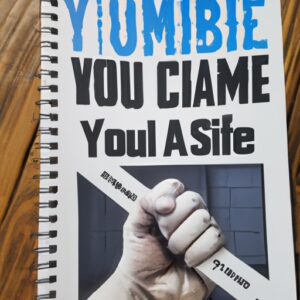The Technical Aspects of Hosting and Distributing a Podcast
Podcasting has exploded in recent years, and with good reason. It’s a fantastic way to share your message with the world and reach an audience that may not have access to your content otherwise. But, with so many podcasts out there, how do you make yours stand out? In this article, we’ll cover the technical aspects of hosting and distributing a podcast, so your show can thrive.
Choosing a Host
One of the first decisions you’ll need to make is where to host your podcast. There are many options out there, but one of the most popular is Libsyn. They offer affordable plans with unlimited bandwidth and storage, making it a great option for beginners. Additionally, they provide you with an RSS feed, which is essential for distributing your podcast to other platforms.
Recording Equipment
The equipment you use to record your podcast will depend on your budget and the quality you’re looking for. If you’re just starting out, a USB microphone like the Blue Yeti can produce great sound quality while being budget-friendly. However, if you’re looking for more professional-grade equipment, consider investing in a Shure SM7B microphone and a mixing board.
Editing Software
Once you’ve recorded your podcast, the next step is to edit it. There are many free and paid editing software options available, but one of the most popular is Adobe Audition. With Audition, you can clean up your audio, add music and sound effects, and export your files in various formats. If you’re looking for a free option, Audacity is a great alternative.
Distribution
Now that your podcast is recorded and edited, it’s time to distribute it. As mentioned earlier, your podcast host will provide you with an RSS feed that you can submit to various platforms like Apple Podcasts, Spotify, and Google Play. From there, each time you upload a new episode, it will automatically update on those platforms.
Marketing
Once your podcast is live, the next step is to market it. This can include promoting on social media, reaching out to other podcast hosts for cross-promotion, and networking with other content creators. Additionally, if you have a website or blog, consider embedding your podcast episodes there to increase visibility.
Final Thoughts
Hosting and distributing a podcast may seem overwhelming at first, but with the right tools and resources, it can be a fun and rewarding experience. Choosing a host, investing in quality recording equipment, and editing software, and distributing your podcast to various platforms are just a few of the technical aspects to consider when starting your podcast. With a little bit of effort and creativity, your podcast can become a go-to source of information and entertainment for your audience.






